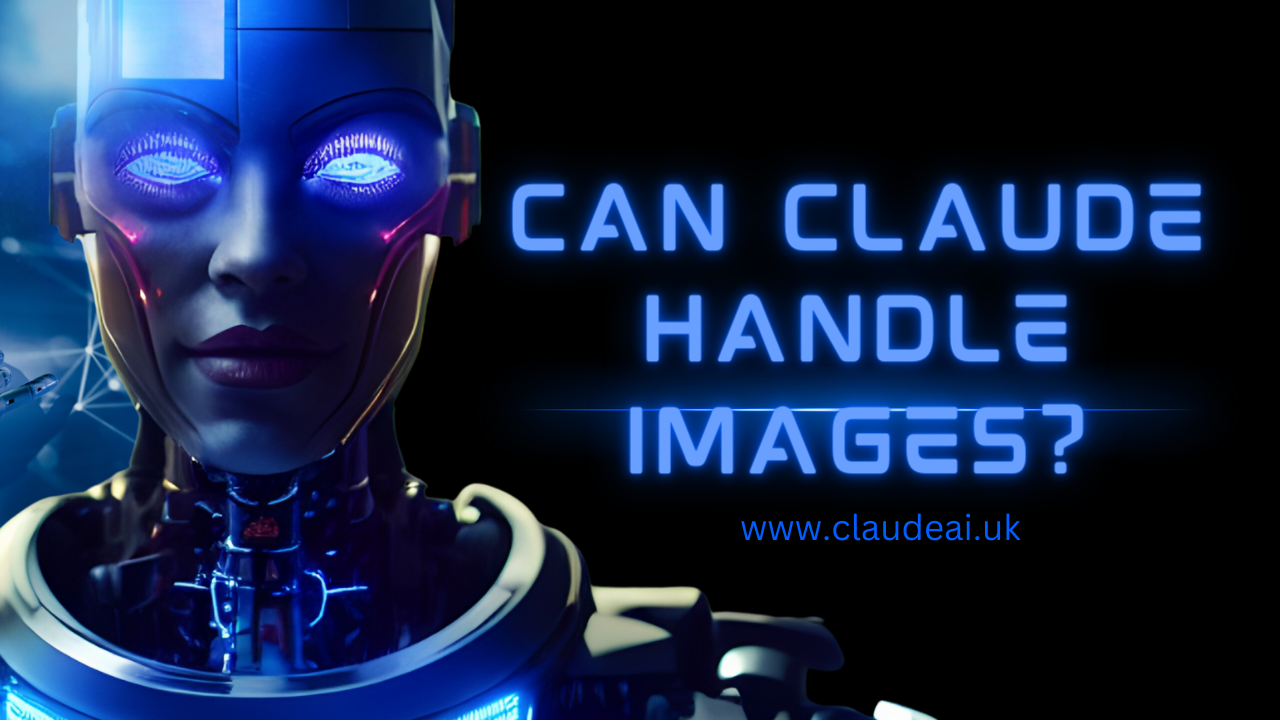Claude is an artificial intelligence assistant created by Anthropic to be helpful, harmless, and honest. It is designed primarily for language-based tasks like writing, analysis, question answering, and calculations. However, many have wondered – can Claude handle images as well? This article will explore Claude’s current image capabilities and limitations.
Claude’s Design and Architecture
As mentioned, Claude is focused mainly on natural language processing. It is built on a conversational model rather than a computer vision model. This means its internal representations and pathways are geared more towards understanding and generating text rather than analyzing visual inputs.
Specifically, Claude employs a cutting-edge neural network architecture called Constitutional AI. This allows Claude to have an inner alignment model that guides its behaviors according to specified constitutional values. However, this alignment process happens through linguistic modeling rather than image recognition algorithms.
So in summary, Claude’s architecture is specialized for language tasks rather than vision tasks. This sets some bounds around its ability to handle images. However, Claude still has some basic visual processing capabilities, as discussed next.
Claude’s Current Image Capabilities
Although not designed as a computer vision system, Claude does have some basic skills when it comes to images. These include:
Text Recognition
If an image contains written text, Claude can often recognize that text using optical character recognition (OCR) and then understand it linguistically. So for images with text, Claude can “read” and comprehend them at a basic level.
Descriptive Capabilities
For more complex images without text, Claude has algorithms that can generate basic descriptive captions. For example, Claude can identify broad categories of objects, colors, estimated counts, and high-level activities. But its descriptions remain basic without finer details.
Linking Images to Knowledge
Another of Claude’s capabilities is linking depicted objects, scenes, and activities to its broader knowledge base. So it can identify not just what is shown but connect it to related concepts, history, and contexts linguistically even if visual details are limited.
In summary, Claude’s key image abilities revolve around using images as triggers for its wider linguistic knowledge rather than directly analyzing visual inputs to infer meaning. Claude relies on its language model rather than a dedicated vision model.
Limitations for Complex Image Analysis
Given its conversational architecture, Claude also faces significant limitations when it comes to deeper image analysis. Areas where its capabilities are restricted include:
Fine-Grained Recognition
While Claude can recognize basic object categories and descriptions, it cannot match dedicated computer vision AI systems when identifying finer details, qualities, and nuances in images. Its classifications remain broad.
Spatial Reasoning
Understanding spatial relationships between objects in complex scenes and frames of reference also represents a challenge for Claude’s capabilities. Dedicated vision systems are far superior for spatial analysis.
Imagistic Reasoning
One of the biggest limitations is Claude’s inability to reason purely in the imagistic domain by forming intuitions and inferences directly from visual inputs like humans do. Without a robust vision model, imagistic reasoning is constrained.
Abnormality Detection
Another shortcoming is detecting oddities, exceptions, deviations, anomalies etc. when they require deeper understanding of objects, scenes and the full context of what’s visually normal vs abnormal. Language provides partial support here but cannot fully replace computer vision-centric approaches.
Summary of Current Capabilities
To recap, here are the key things Claude can currently handle when it comes to images:
- Recognizing written text via optical character recognition
- Generating basic descriptive captions labeling contents/characteristics
- Linking depicted objects, contexts, activities to related linguistic knowledge
And limitations include:
- Fine-grained recognition of subtle visual details
- Spatial reasoning and relatational understanding
- Imagistic reasoning done purely through visualized inputs
- Abnormality detection without robust visual models
The Future of Claude’s Image Abilities
Given the rapid pace of AI advancement, Anthropic will likely expand Claude’s visual capabilities over time while retaining Claude’s alignment-focused Constitutional AI architecture.
Potential areas of improvement include:
- Integrating computer vision modules for better object/scene recognition
- Extending descriptive detail and precision for captions
- Support spatial/relational reasoning visually to supplement language
- Detect more granular anomalies without full context reliance
However, Claude will remain fundamentally focused on language-based reasoning as per its original design purpose. Full parity with dedicated computer vision AI which can form intuitions directly from pixel inputs may never be achieved or needed.
The key consideration will be balancing usefulness for visual tasks vs safety from imagery risks. As we augment visual acumen, we must also bolster imaginative alignment to prevent potential harms. Users should provide feedback to help guide the safest and most constructive enhancements over time.
Conclusion
In summary, Claude has rudimentary but meaningful abilities for some vision-oriented tasks thanks to multimodal integration of OCR, descriptive captions, knowledge linking and other skills into its linguistic model. However, its ability falls short of dedicated computer vision AI on deeper image analysis requiring spatial relations, anomaly detection, inference modality, etc.
Anthropic will likely enhance visual acumen judiciously as part of improving usefulness while retaining interpretability and philosophical alignment through its Constitutional AI approach of inner self-governance.
User input on pushing boundaries safely and ethically will be vital. The future remains bright yet cautious for developing Claude’s budding computer vision adeptness responsibly.

